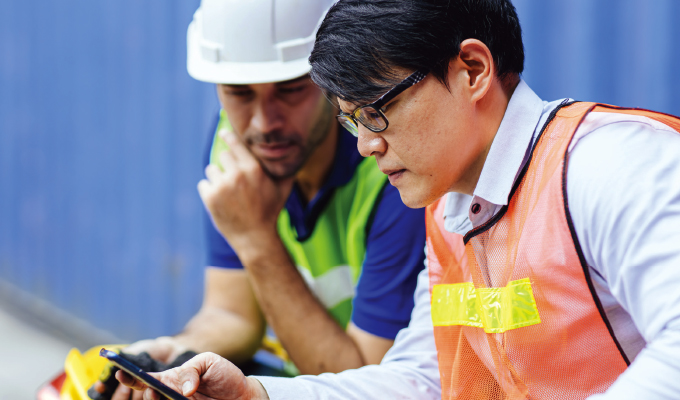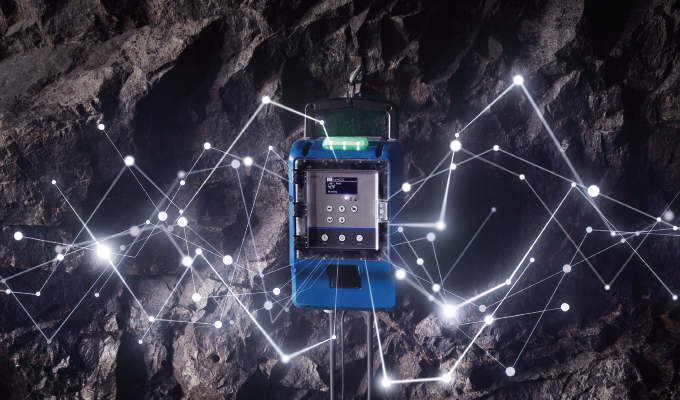With the accelerated rate of technological change in the industrial sector, the industrial internet of things, or IIoT, has become standard operating procedure across myriad applications, including those involving submersibles. In the conversation that follows, SWPA Executive Director Adam Stolberg and Rana Elbittibssi, P.Eng., M.Eng., regional products manager for Xylem/Flygt, discuss the expanding role of automation, smart devices, real-time data collection, and AI as tools to improve the efficiency and performance of submersible pumps.
What role does IIoT play in today’s submersible pump applications? Where will the technology be in the next ten years?
The industrial internet of things, or IIoT, plays a big role in several submersible pump applications and plays multiple roles. For example, IIoT can focus on connecting machine to machine through communication, collecting big data, and allowing enterprises and municipalities to achieve better efficiency and reliability in their operations.
You have to understand that there are a range of benefits with IIoT and a nearly limitless potential that pump users are just beginning to take advantage of. With the consistent capturing and transmitting of data among smart devices and machines provide many growth opportunities, efficient field services, asset tracking and improved facility management, going forward in the next ten years, IIoT will play a major role in digital transformation and to detect any change in conditions in real time and allow pump users to respond accordingly.

SWPA’s philosophy of the systems approach means each component is assessed to predict a pumping system’s peak performance. How will introducing more automation, smart technology, and artificial intelligence affect this?
As pump users adopt more automation and connect pumping systems with smart devices, this will enable them to gather and analyze data faster—even at real-time speed, Consequently, shortening the time between an event in a pumping system, its being monitored, and its data being communicated to the user will enhance performance and close the gap that traditionally existed between manually checking on a pump’s and station’s performance. Compared to the old way of data collection versus data collected via digital means, it will enable faster prediction to performance.
How does more elements of IIoT entering the pump market change the responsibilities and requirements placed on pump operators and technicians?
When we discuss the possibilities of IIoT, it can sometimes seem overwhelming. However, if anything, further adoption of this technology should make life easier for field service technicians in the long run. Enhanced learning and training processes with IIoT will provide field service technicians with easy access to information about which parts they need to make a repair. Improved regular monitoring and detection will also identify potential issues in pump equipment before they become major issues. With this proactive approach, preventive maintenance can be performed before a critical failure occurs.

How important is continuing education for those working in the pump industry? And how do you see professional organizations like SWPA providing value for pump professionals?
As more and more IIoT equipment is integrated into daily use, it’s important to engage our workforce in updated technology and familiarize them with how to make the best use of the data it can provide. As technicians build on this knowledge, they’ll be in the best possible position to make better interpretation to their data.
Organizations like SWPA are perfectly suited to assist today’s pump professionals and facilitate the “how to” value among the pump industry by providing courses and training with adequate credits for pump operators and their enterprises.
FOR MORE INFORMATION
The mission of the Submersible Wastewater Pump Association (SWPA) is to enhance the global wastewater environment by informing, educating, and providing leadership in the design, procurement, and operation of submersible wastewater pumping systems. For more information, visit www.swpa.org.
MODERN PUMPING TODAY, May 2022
Did you enjoy this article?
Subscribe to the FREE Digital Edition of Modern Pumping Today Magazine!


